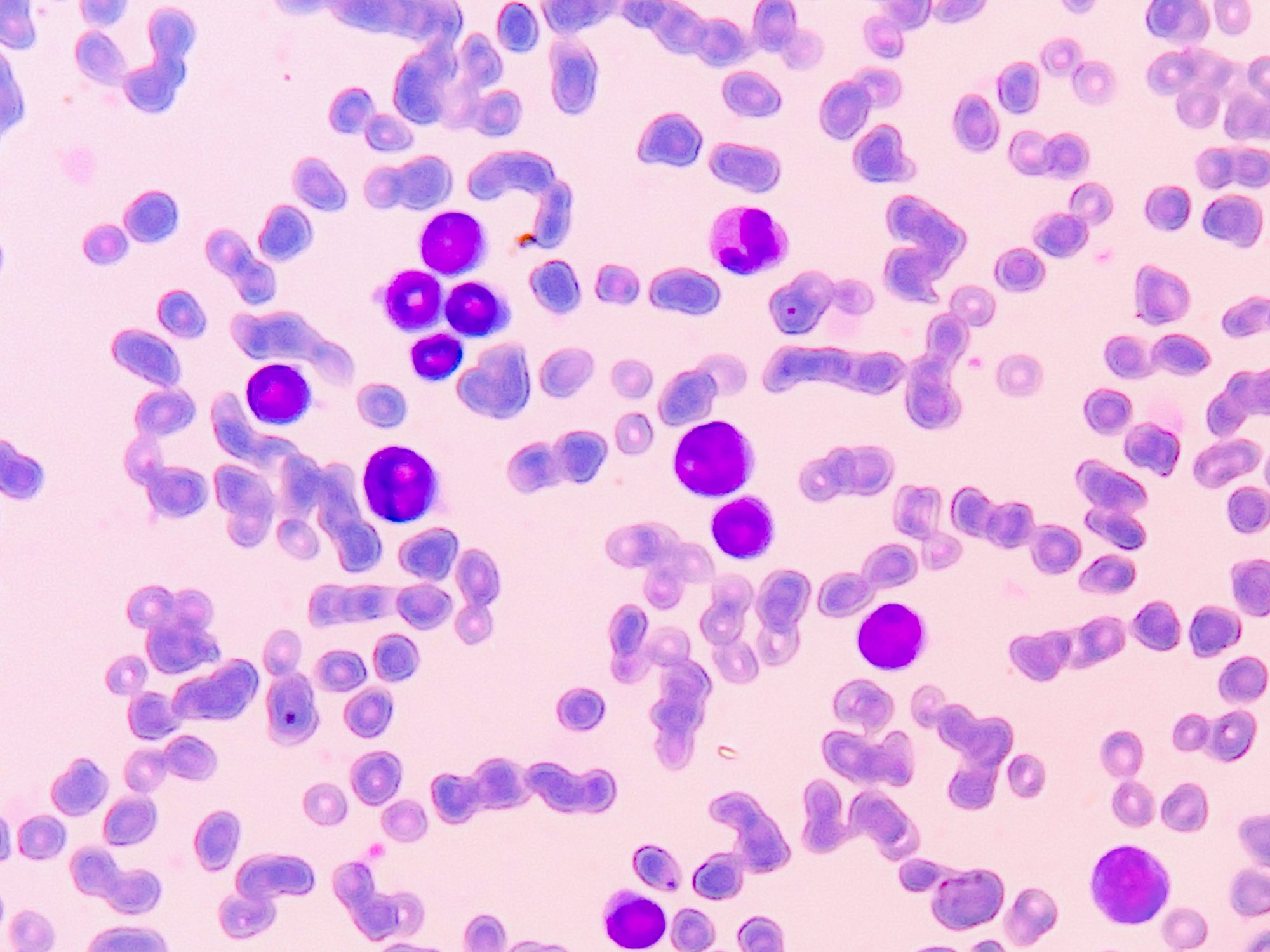Despite remarkable progress in the treatment of patients with psoriatic arthritis (PsA), the management of this chronic disease still poses major challenges [1]. In the following interview, Prof. Pascal Richette, MD, from Paris, explains how new therapies can help achieve ambitious goals in terms of efficacy, tolerability and patient satisfaction.

Prof. Pascal Richette, MD,
Centre Viggo Petersen, Hôpital Lariboisière, Paris, France
1) What improvements have been made in the treatment of PsA patients* over the last 10 years?
In terms of rheumatologic aspects, PsA is the disease where significant improvements have been achieved compared to, for example, rheumatoid arthritis (RA) or osteoarthritis. This is due to the fact that there are many effective therapies available for PsA – TNF inhibitors, IL-17 inhibitors, JAK inhibitors, and IL-23/p40 and p19 inhibitors – that allow us to slow disease progression and achieve relatively high remission rates in our patients*.
2) What do you think is a realistic treatment goal for PsA patients today?
The stated goal for all PsA patients is remission. This means they don’t just feel better, they actually feel good: no more psoriasis and joint pain. Is this possible in daily practice? I am convinced of that. We need to take advantage of the treat-to-target strategy, which means that we need to examine patients regularly and at the beginning of a relapse. In the context of assessing treatment success, the minimal disease activity (MDA) status must also be taken into account, as this also includes skin manifestations. Focusing only on the rheumatologic aspect is not helpful in PsA. When treating PsA, we need to consider five areas: The skin, the eyes, the intestines, the joints and enthesitis.
3) What are the biggest challenges that remain in the management of PsA?
The biggest challenges we face are achieving remission in all patients and maintaining long-term therapy. Tolerability and side effects of a therapy are important aspects. However, if we explain the disease to patients and know how to deal with possible side effects, we can maintain the various therapy options in the long term. However, we must also be open to changes in therapy. With the numerous medications available to us, this is doable. Overall, I am quite confident that we can help most PsA patients.
Another difficulty is determining with absolute certainty whether the joint pain is actually due to PsA: Many patients are additionally obese, suffer from metabolic syndrome or diabetes, and the complaints can therefore be caused by many other joint diseases such as gout, tendinitis or mechanical tendinitis. For this reason, in my experience, it is not easy to distinguish PsA episodes from other conditions that these patients may be suffering from.
4) In March 2021, upadacitinib was approved in Switzerland for the treatment of PsA [2]. It is currently the only JAK inhibitor approved for RA, PsA, and AS [3]. What does this additional treatment option change for you and your PsA patients?
In my opinion, the launch of upadacitinib is extremely good news for physicians and patients! There are three main reasons for this:
- Upadacitinib is administered orally. From questionnaires and surveys, we know that about half of the patients prefer an oral route of administration because they are tired of the more cumbersome subcutaneous injections (e.g., while traveling).
- As demonstrated in the SELECT-PsA 1 and 2 studies, upadacitinib exerts effects on peripheral joints and skin without reporting inflammatory bowel disease (IBD) events. The situation is different with IL-17 inhibitors, which must be used with great caution in patients* with IBD, and with IL-23/p19 and p40 inhibitors, which are not known to be effective in axial disease, which is present in approximately 20 % of patients.
- According to post-hoc analyses, upadacitinib can be used as monotherapy. This is important because many patients do not tolerate methotrexate well and respond poorly, so discontinuation of methotrexate is often desirable.
5) The safety profile of upadacitinib in PsA is generally comparable to that in RA [4, 5]. What do these results mean for the long-term use of upadacitinib?
I think that a good knowledge of the safety profile of a drug is crucial, because we need to discuss this with patients and react quickly in case of side effects. JAK inhibitors, and upadacitinib in particular, are known to be associated with an increased risk of infection, with particular reference to herpes zoster. However, I don’t think this is a problem as long as we make patients aware of this risk, inform them of the need for vaccination, and educate them to stop treatment if they become infected. Compared to TNF inhibitors, the half-life of upadacitinib is rather short. Therefore, we can assume that upadacitinib has disappeared from the body two to three days after discontinuation of therapy. In my opinion, this is a clear advantage. Interestingly, compared with tofacitinib, we did not observe any alarm signs with upadacitinib in terms of severe cardiac complications (MACE) or cancer. This is also an important point.
6) Considering your practical experience with upadacitinib in PsA, how would you translate these clinical data to everyday practice?
I have been prescribing upadacitinib to my PsA patients for a few months now and I have to say my experience with it has been good. I was impressed by the rapid onset of response, which I have never observed with any other drug. When we prescribe upadacitinib to patients with a relapse, we can expect to have the disease under control within two weeks. We do not observe this with TNF, IL-17, or IL-23-p19/p40 inhibitors.
Am I afraid of side effects from upadacitinib? Not at all, as we know well the safety profile of upadacitinib. In what situations will I prescribe upadacitinib? It depends on the phenotype of the patient, but I generally like to prescribe upadacitinib.
7) What do you wish for the future regarding the treatment of patients with PsA?
I would like to see a drug that is well tolerated over the long term, that is suitable for the management of all five areas that can play a role in PsA patients, and that is effective. This drug could be upadacitinib – we will see.
| About Prof. Pascal Richette, MD:
Pascal Richette is Professor of Rheumatology and Head of the Department of Rheumatology at Hôpital Lariboisière, Paris. His research interests are mainly in the areas of osteoarthritis and gout, as well as other crystal-induced diseases, such as chondrocalcinosis/pseudogout and genetic hemochromatosis. Pascal Richette was also president of the French Osteoarthritis Study Group. He has experience with clinical and epidemiological studies as well as basic cartilage research. As an author, he is involved in over 270 original publications and two books. In addition, Pascal Richette served as co-chair of the last EULAR Task Force on Evidence-Based Recommendations for Gout. |
Abbreviations
AS Ankylosing spondylitis
CED Inflammatory bowel disease
JAK Janus kinase
MACE Severe cardiac complications
PsA Psoriatic Arthritis
RA Rheumatoid arthritis
This text was produced with the financial support of AbbVie AG, Cham.
CH-RNQP-210086_11/2022
Brief technical information RINVOQ®
Article online since 01.11.2021
Article updated 28.11.22
Literature













